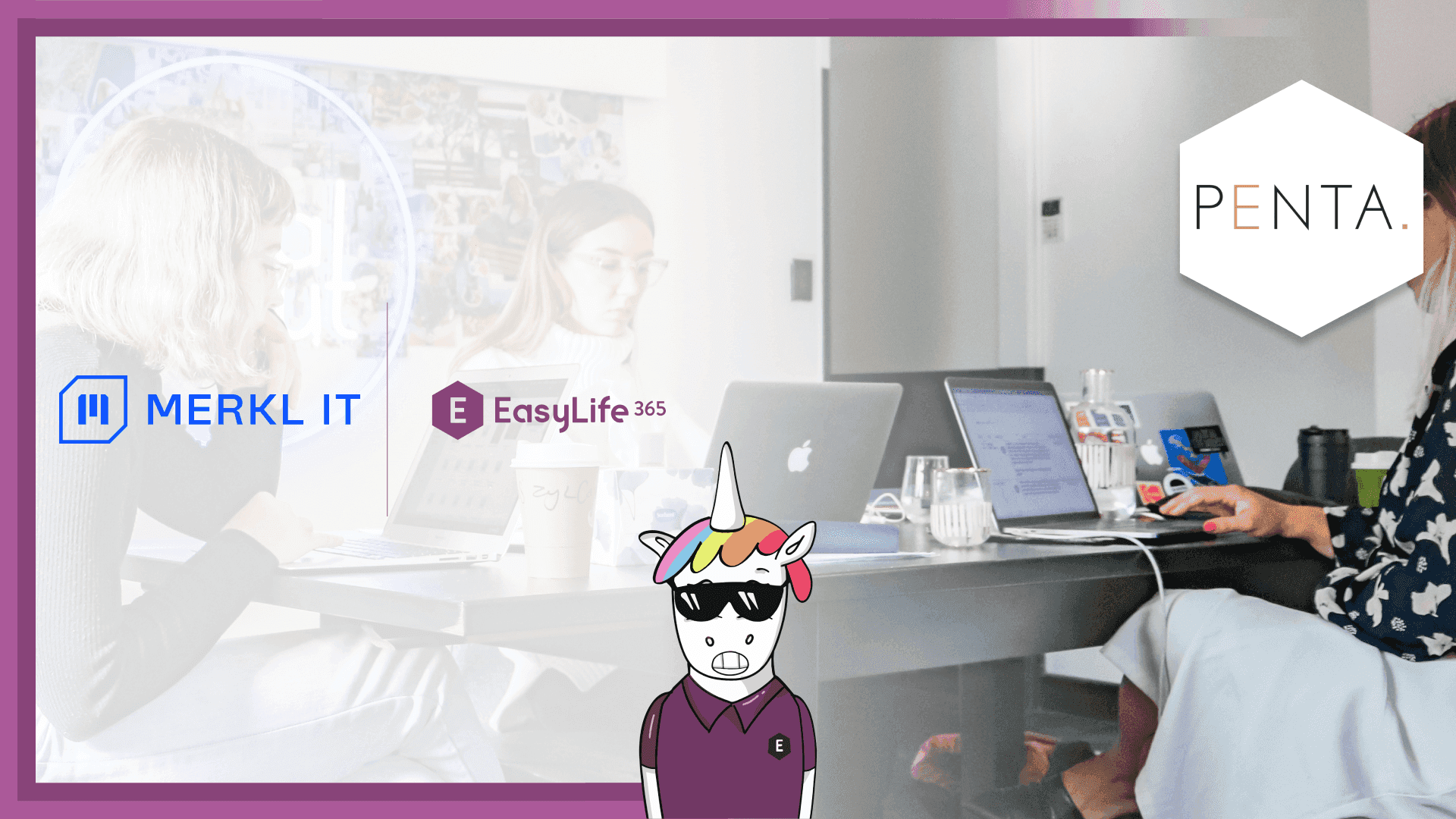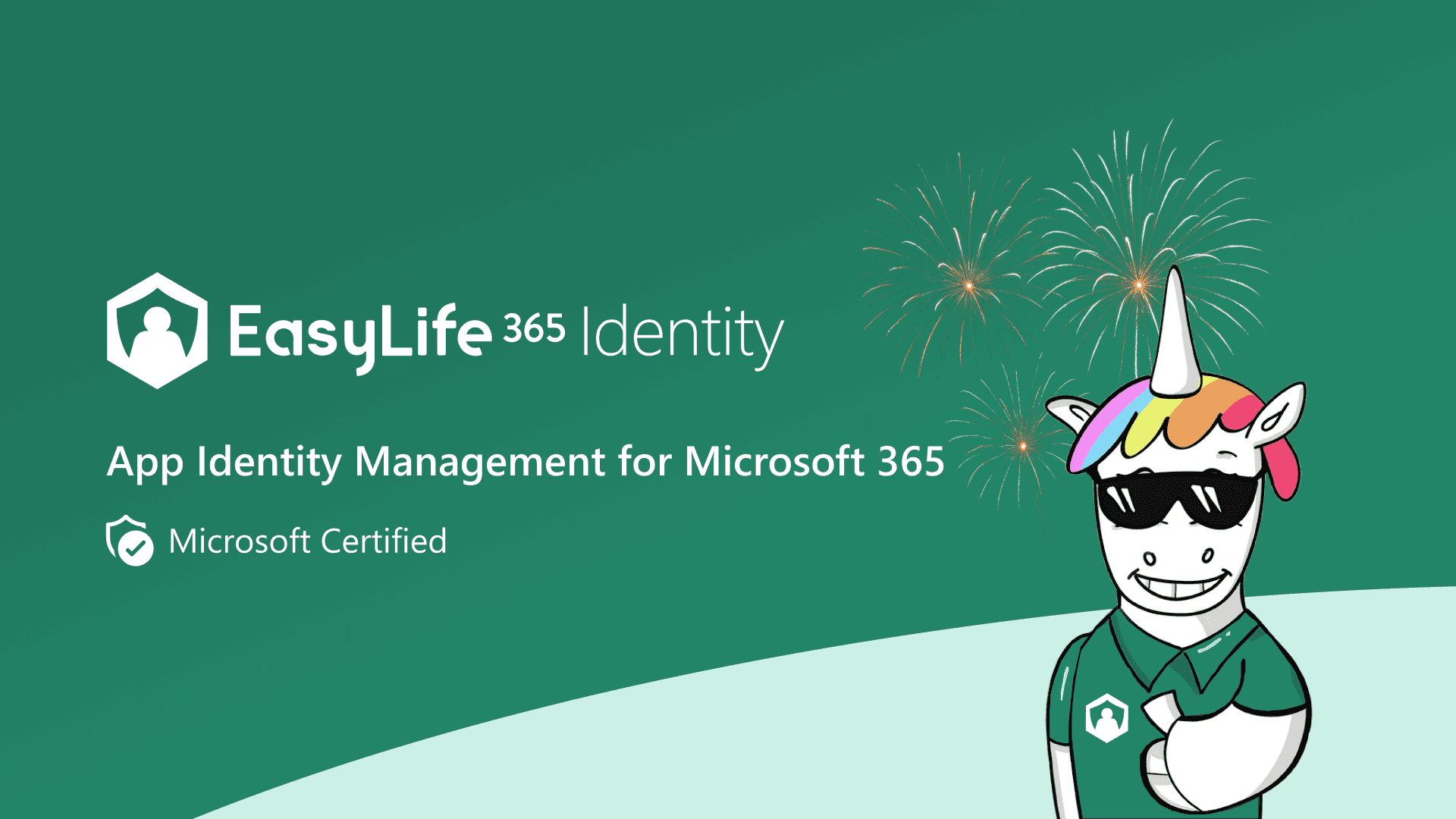Organization principle: no asset without owner
Does this sound familiar? You have started a new job, after a short (if any) handover you take over the tasks – except, you keep hitting walls since your various authorizations have not been assigned yet, and so you keep waiting, and waiting, and oh, did I mention that it takes a while?
Yes, familiar day-to-day operations when changing jobs, i.e., instead of doing the job you are busy preparing for the job. Hopefully you at least have been told about the most important tasks and projects and systems... When you finally can start your new job, again and again you hit yet another wall: one time you don't have access to a system, then you can't find the relevant documents (or the links point to outdated versions), you don't have access to the email history and suddenly someone contacts you, and you don't even know where this person sits in the food chain and whether they even have approval for the information they are asking for.
After 6 months, you'll eventually get used to it and you won't be able to scramble every time. It's fine. Business as usual. It's the same everywhere. It takes time and energy, it's just part of the game. You're used to calling the IT department to add a user to a shared mailbox or Team.
After 2 years in the job, your IT department contacts you asking which documents you still need. Who is responsible for this filing and whether someone is still using those documents. In fact, you have never seen these documents before (not that you can remember anyway). IT informs you that your predecessor created these documents and it's now your call to determine what should be done with them. Have fun! Instead of concentrating on the important parts of your work that actually produce much needed results, you now invest your time in cleaning up (if you are an amateur archaeologist you might have fun with it 😉).
And by that time you get a promotion, or you might change your job all together. Have you gotten used to the chaos yet? … you better do as it most likely remains - or grows even.
Governance and lifecycle solutions cannot completely prevent the chaos and we leave access permissions to Entra-ID. However, the problem can be prevented by assigning one or more owners to each asset (Team, SharePoint site, guest account, etc.). If an employee leaves the company or loses authorization, the system reports these assets without an owner as out of compliance, and insists that someone new takes responsibility/ownership of these assets.
No automation in this world can prevent chaos, but it can bring structure to your chaos. In terms of content, machines cannot (yet) know whether the information in the assets is relevant. However, it can ensure that you in your organization know who is responsible for the content.
Automation removes a large part of the burden from your IT department. You are able to set authorizations yourself, compliant with the dual control principle and approval processes.
The "No asset without owner" principle helps you with maintenance of responsibilities. Being responsible is still on you!
If you are interested in learning how we automate IT processes at EasyLife 365, go check out our solutions: EasyLife 365 Collaboration and EasyLife 365 Mail!






